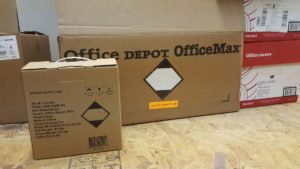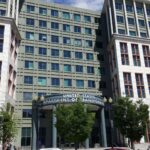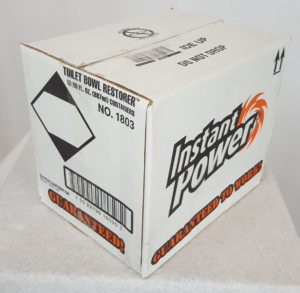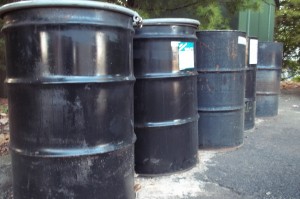In a Final Rule issued November 25, 2020 the Pipeline and Hazardous Materials Safety Administration within the U.S. Department of Transportation (USDOT/PHMSA) amended it Hazardous Materials Regulations (HMR) to clarify, update, and provide relief from various regulatory requirements. A review of the entire Final Rule and its impact on the HMR is not the purpose of this article (whew!). The purpose of this article is to identify and explain two changes to the HMR from this Final Rule related to the classification and packaging of certain hazardous materials (HazMat) under the limited quantity exception.
Before we begin…
You can read more about the Final Rule here: USDOT/PHMSA Makes Miscellaneous Changes to Hazardous Materials Regulations to Reduce Regulatory Burden
Scope and Applicability:
- Notice of Proposed Rulemaking (NPRM) issued: August 14, 2019
- Final rule published in Federal Register: November 25, 2020
- Effective date: December 28, 2020
- These changes to the HMR apply solely to HazMat offered for transportation and/or transported anywhere to, from, or through the U.S. However, the changes to the Limited Quantity exception were done at least in part to harmonize the HMR with existing international regulations. Therefore, the relief from regulation offered by this Final Rule already exist in the international regulations of the following:
- International Civil Aviation Organization (ICAO) & International Air Transport Association (IATA)
- International Maritime Organization (IMO)
Interested in a Webinar that covers this topic, and more! |
Changes to Limited Quantity Exception:
Of the nineteen changes made by this Final Rule, two of them affect the regulations of the limited quantity exception:
Limited Quantity for Hydrogen Peroxide:
The rule establishes a limited quantity provisions of 1 L per inner container for UN2014, Hydrogen peroxide, aqueous solution. This is for solutions between 20 and 60% hydrogen peroxide. USDOT/PHMSA recognized that international regulations and standards already permitted this substance to be transported as a limited quantity, so it was an anomaly that the HMR didn’t allow such an exception. Therefore, USDOT/PHMSA revised Column (8A) of the HMT for “UN2014, Hydrogen peroxide aqueous solution” to allow limited quantity packaging for this material by referencing the exception in 49 CFR 173.152.
Limited Quantity Harmonization:
A petitioner requested USDOT/PHMSA to extend the eligibility of the limited quantity exception to 45 additional hazardous materials. Just as for UN2014, Hydrogen peroxide aqueous solution (see above), these HazMat were already eligible for the exception under the international standards. USDOT/PHMSA conducted a technical review and determined that a total of 114 entries on the Hazardous Materials Table – including the 45 originally requested – are not in alignment with the UN Model Regulations permitting limited quantity shipment of hazardous materials. During its review USDOT/PHMSA also determined that these hazardous materials currently without limited quantity exceptions are of the same hazard classes as materials for which the HMR already contains an exception allowing limited quantity shipment.
Based on its technical review USDOT/PHMSA came to the following conclusions:
- Prior to this revision, the HMR’s limited quantity exception was inconsistent with the international standards.
- Expanding the applicability of the limited quantity exception would not adversely affect safety.
Daniels Training Services, Inc. 815.821.1550 |
As a result, the following hazardous materials are now eligible for the limited quantity exception:
| USDOT HazMat Employee | December 4th | More Information | REGISTER NOW |
|---|---|---|---|
| USEPA Hazardous Waste (RCRA) | December 18th | More Information | REGISTER NOW |
Like this article? Subscribe to my Monthly Newsletter No marketing emails! |
Conclusion:
Significant changes to the Hazardous Materials Regulations can occur with or without your knowledge. While USDOT/PHMSA HazMat Employee training is required triennially (every three years), it may not hurt to attend training more frequently.


 Issued by the Pipeline and Hazardous Materials Safety Administration within the U.S. Department of Transportation (USDOT/PHMSA).
Issued by the Pipeline and Hazardous Materials Safety Administration within the U.S. Department of Transportation (USDOT/PHMSA).

